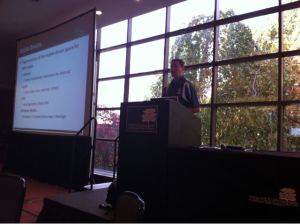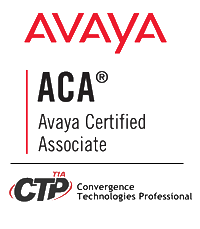
At the WUD Conference, East Lansing, MI
This past Thursday, I was given the opportunity to present on a really cool, but obscure topic — creating mobile applications from Photoshop prototypes, for the World Usability Day Conference. Essentially, my job was to show people a workflow that is possible when using Adobe Device Central to create a Photoshop file, that is then turned into a working prototype using Adobe Catalyst, and then programmed using Adobe Flash Builder.
All in all, the conference was excellent, and I was honored to be on stage after notable presenters from the State of Michigan, Motorola, Nokia and well, even the University of Michigan. The focus of this year’s conference was on usability, and how it relates with mobile applications and devices, which was a perfect match for the presentation I was doing.
After my quick introduction to the subject, I demoed making a complete application from scratch and deployed it to a series of working phones. I was able to accomplish this workflow in under a half hour, which was completely amazing for not only myself, but the audience too. It is really cool to realize that the technologies that I’ve been using as betas for so long have actually matured to the point where I can use them to make real applications.
The session was recorded and hopefully will be posted online soon. You can view my powerpoint here (I did have to disable the live voting, but I did keep the results for historical purposes), and download ALL the source code that and asset files that we used during the presentation here. Please keep in mind, that the logos in the demo code are subject to the use standards found here.
Thanks to the WUD East Lansing team for inviting me!



